Inner corner for tile
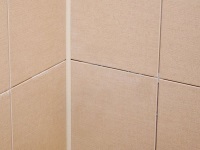
Features and benefits
Internal corners are installed in the joints that form horizontal and vertical surfaces between each other. In addition, corners of this type are necessary for the inner corners of contacting walls.
The construction of such a product consists of the following elements:
- groove for tiles;
- rib with a perforation, so that the adhesive could well adhere to the tiles;
- the front part is concave in shape.
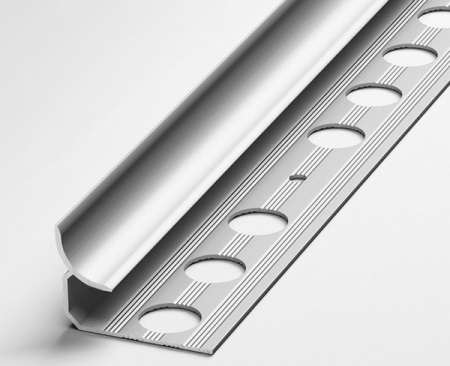
The standard width is 1 cm. But the length can be adjusted by the user according to his discretion and the parameters of the room. The main purpose of such a corner is to protect the joints from moisture, which is the cause of fungus in rooms with high humidity.
Internal tile corners are not as popular as external ones. They are also distinguished by their concave shape. Some builders do without the use of internal corners, the appearance of the renovated room is not affected in any way. But if you perform repairs according to all the rules, then to finish the corners is still required to use an internal corner. In addition, to give the metal corners of porcelain tiles ideal shape under force very experienced professionals. And the inner corner allows you to do it quickly and easily.
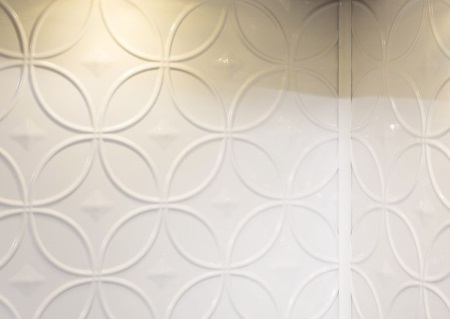
Material and color
The range of interior corners is so huge that the user only has to choose the right color and decide on the material. Any tile can be exactly matched to the shade and even the pattern. It will look good corner of a different color from the tiles. In this case, it is necessary to be guided by simple rules: for tiles in cool or dark colors, you can choose silver or platinum corners. But gold products will look good with tiles in warm shades. If you liked a pastel tile, then the corner should be close to this shade. Bright contrasts can be created with bright tiles. Interior corners may have their own pattern, which can be a complement to the overall picture.

They differ not only in color, but also in the material of manufacture.
There are only three options:
1. aluminum or various alloys are highly durable and can be available in a variety of colors;
2. ceramic is the most expensive material, but it is difficult to work with such corners;
3. plastic, which is most often presented in the form of polymers with high rigidity, easy to work with and has a low cost.
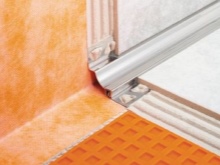
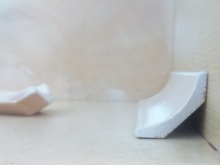
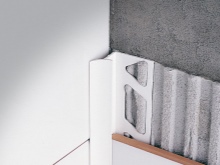
How to choose?
The first thing you need to pay attention to when choosing an internal corner is the manufacturer. Low-quality material will not only spoil the whole impression of the repair, but after a short time may require replacing the installed corner with a new one. Many manufacturers who offer a high quality product, apply a coating of acrylic varnish, which not only gives the corner an even shine, but also makes it more durable.
The thickness of the inner corner should be chosen according to the thickness of the tile. The difference between them is 1 mm (the corner is thicker). For example, for tiles with a thickness of 9 mm, you need a corner or trim, as it is called in professional circles, № 10.
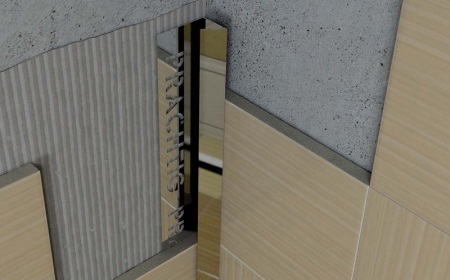
Previously mentioned the materials from which internal trims are made. It is worth returning to this question, because it is the basis of the choice of corners. Ceramics - it's prestige, high cost and a high probability of finding a corner that will exactly match the chosen tile. It is ceramic corners are worth choosing for tile. With such elements it is difficult to work, and yet it is necessary to have special tools at hand. With aluminum nooks pleasant and easy to work, they are durable, practical, and even look aesthetically pleasing. But it is easiest to work with plastic corners for which trimming suitable improvised tools. True, such products are inferior to their metal competitors in terms of reliability, although they cost a little less.

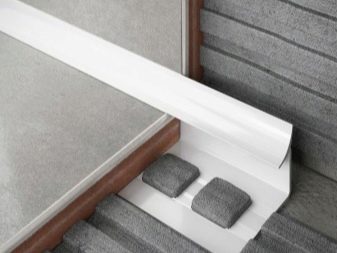
Mounting
Installation of the interior corner begins only after finishing on one of the two walls.
There are a number of mandatory processes that must be carried out in the following sequence:
- When installing the corner, it is necessary to move from the free edge to the inner corner.
- Application of adhesive material to the tiles.
- Application of adhesive to the surface or base.
- Mounting the inner profile.
- Placing the tiles in the groove.
- Gluing.
- Similar manipulations are performed on the other side of the corner.
- After a day, you can proceed to grouting the joints.
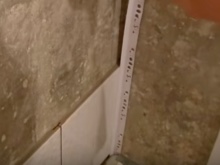
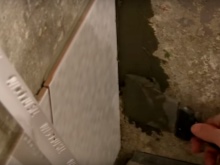
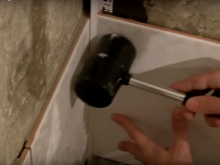
This list can be considered basic. Each specialist determines for himself the sequence of the main steps. Someone is more convenient to first put all the corners and only then proceed to laying tiles. Others find it more convenient to mount trims in the course of forming a tiled surface. The main thing is that the work is done to a high standard and pleasing to the eye.
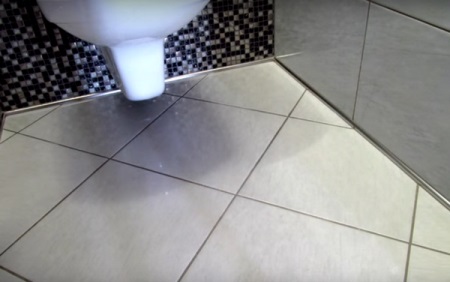
See the following video about the options for interior tile corners.




